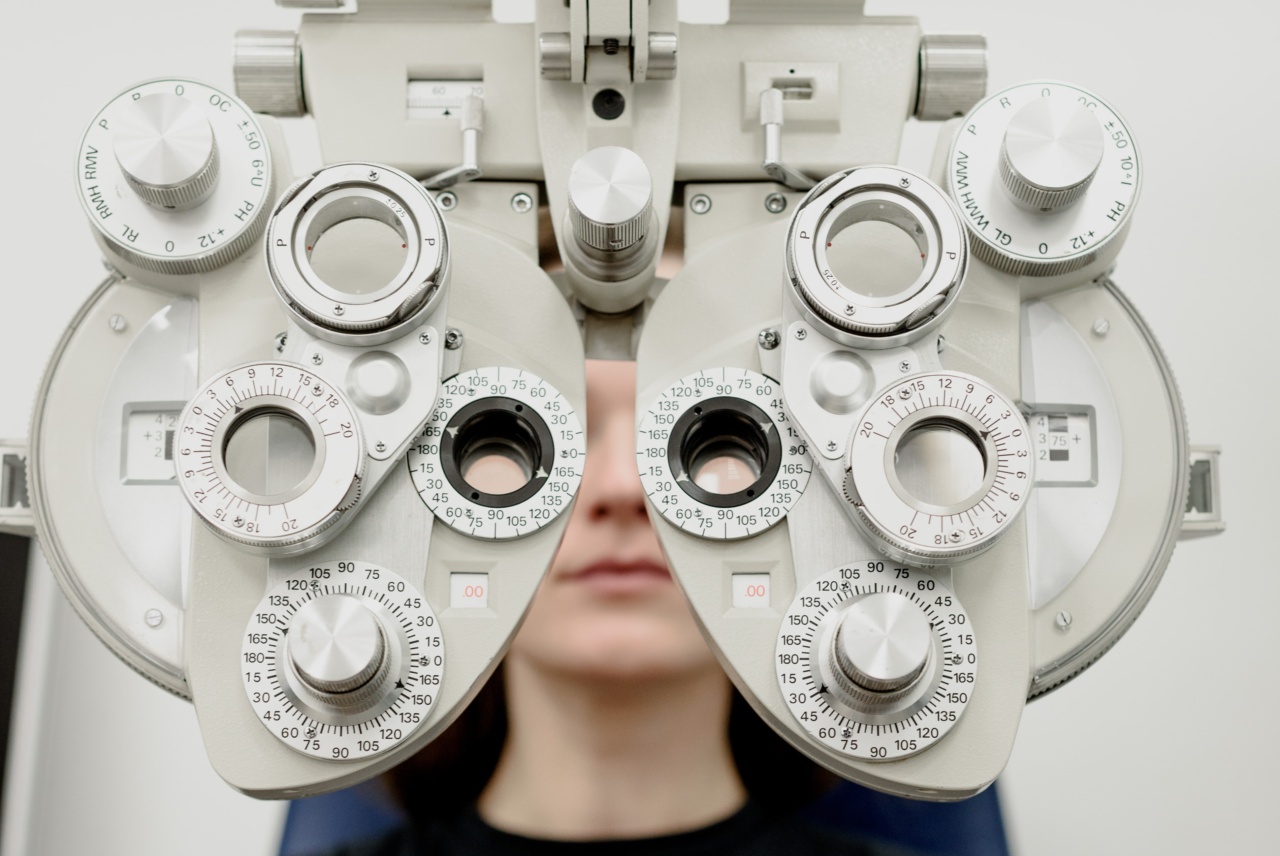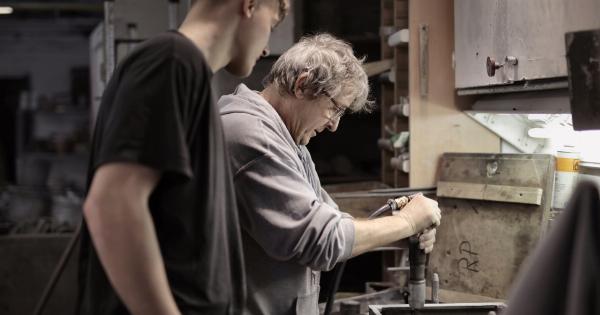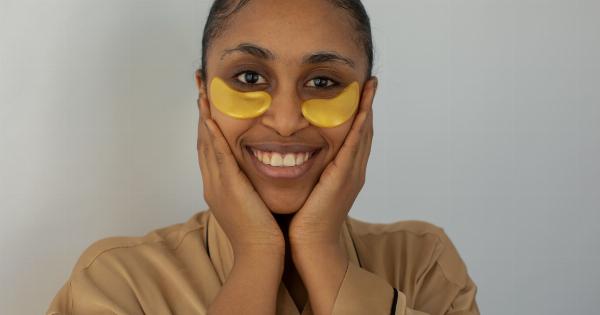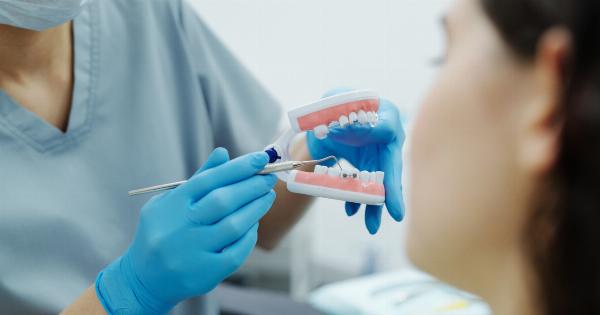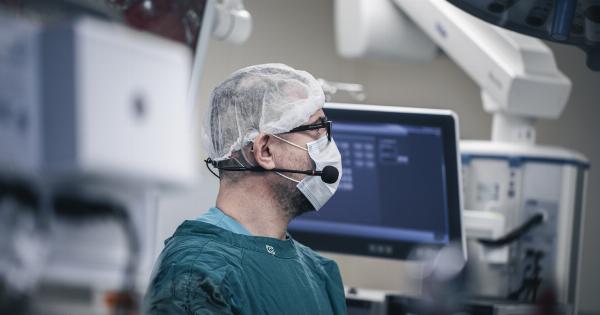Corneal transplantation, also known as corneal grafting, is a surgical procedure that has been widely used to restore vision in individuals with corneal problems, such as damage, infections, or diseases.
It involves replacing the damaged or diseased cornea with a healthy cornea from a donor.
This medical procedure has been successfully performed for many years, but recent advancements in the field have led to the development of innovative techniques that further improve the success rate of corneal transplantation and restore vision to blind patients.
Understanding Corneal Transplantation
The cornea is the transparent outer layer of the eye that covers the iris and the pupil. It plays a crucial role in focusing light onto the retina, which then sends the visual signals to the brain.
However, when the cornea becomes damaged or diseased, it can lead to distorted or blurred vision, or even blindness.
Corneal transplantation involves replacing the damaged cornea with a healthy cornea from a deceased donor.
The procedure can be performed using full-thickness corneal transplantation, also known as penetrating keratoplasty, or partial-thickness corneal transplantation, known as lamellar keratoplasty. Full-thickness transplantation involves replacing the entire cornea, while in partial-thickness transplantation, only the diseased layers of the cornea are replaced.
Traditionally, corneal transplantation has been performed manually using handheld instruments, such as a trephine, to remove the damaged cornea and suture the new cornea in place.
While this technique has been successful, it has its limitations and risks, including the potential for human error and complications related to suturing.
Advancements in Corneal Transplantation Techniques
Recent advancements in medical technology and surgical techniques have revolutionized the field of corneal transplantation, providing better outcomes and improved vision for patients.
One of the most significant advancements is the introduction of laser-assisted corneal transplantation.
Laser-Assisted Corneal Transplantation
Laser-assisted corneal transplantation, also known as femtosecond laser-assisted keratoplasty, utilizes a femtosecond laser instead of handheld instruments to perform key steps in the transplantation procedure.
The femtosecond laser delivers ultrafast pulses of laser energy, allowing for precise and controlled incisions.
This innovative technique offers several advantages over traditional manual surgery. Firstly, the laser allows for precise customization of the size and shape of the corneal incisions, optimizing the fit between the donor and recipient cornea.
This improves the overall success rate of the transplantation procedure.
Additionally, laser-assisted corneal transplantation eliminates the need for manual suturing. Instead, the laser creates micro-incisions that are so precise and tightly fitted that sutures are not required.
This reduces the risk of complications related to suturing, such as induced astigmatism or suture-related infections.
The use of laser technology also enables faster recovery times for patients. With traditional corneal transplantation, sutures need to remain in place for several months, leading to an extended healing process.
However, with laser-assisted transplantation, the absence of sutures allows for quicker healing, often within a matter of weeks.
Endothelial Keratoplasty
Another innovative technique in corneal transplantation is endothelial keratoplasty. This procedure specifically targets the innermost layer of the cornea, known as the endothelium.
The endothelium is responsible for maintaining the cornea’s clarity by pumping out excess fluid, ensuring its transparency and allowing for proper vision.
Endothelial keratoplasty involves replacing only the diseased or dysfunctional endothelial cells with healthy donor cells.
There are two main types of endothelial keratoplasty: Descemet’s stripping endothelial keratoplasty (DSEK) and Descemet’s membrane endothelial keratoplasty (DMEK).
In DSEK, a thin layer of the damaged endothelium and its underlying Descemet’s membrane is removed and replaced with a donor graft consisting of healthy endothelial cells.
The donor graft is held in place with an air bubble, which gradually dissolves over time. The recovery period following DSEK is relatively short, with improved vision often achieved within a few weeks.
DMEK, on the other hand, involves the transplantation of an even thinner graft consisting solely of healthy endothelial cells, without the Descemet’s membrane.
This delicate procedure requires specialized techniques, including the use of an intraocular lens and a gas bubble to support the graft until proper adhesion occurs. While DMEK has a more challenging learning curve for surgeons, it can provide excellent visual outcomes for patients.
Advanced Imaging Technology in Corneal Transplantation
In addition to innovative surgical techniques, advanced imaging technology has played a significant role in improving the success rate of corneal transplantation.
These imaging techniques allow surgeons to better assess the condition of the cornea preoperatively, plan the surgical procedure, and monitor the healing process postoperatively.
Optical coherence tomography (OCT) is one of the most commonly used imaging technologies in corneal transplantation.
OCT uses light waves to capture high-resolution, cross-sectional images of the cornea, allowing surgeons to visualize its layers and identify any abnormalities or diseases. This information assists in selecting the most appropriate transplantation technique and monitoring the healing progress.
Outcomes and Future Directions
The innovative techniques in corneal transplantation, such as laser-assisted procedures and endothelial keratoplasty, have shown promising outcomes in terms of improving visual acuity and reducing complications.
These advancements have revolutionized the field of corneal transplantation, providing renewed hope for blind patients seeking to restore their vision.
With ongoing research and further advancements in surgical techniques and technology, it is likely that the success rates of corneal transplantation will continue to improve, leading to even better outcomes for patients with corneal problems.
The development of regenerative medicine approaches, such as tissue engineering or corneal cell transplantation, may also offer alternative options for patients with severe corneal damage in the future.
